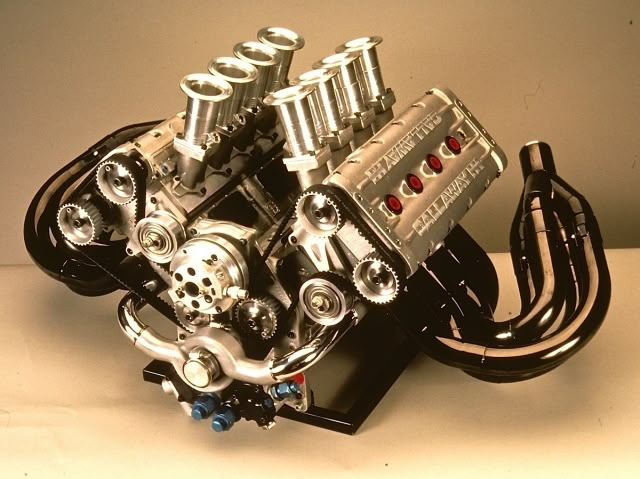There’s something undeniably intoxicating about a V8 engine. The deep rumble, the raw torque, the spine-tingling acceleration—it’s the stuff gearhead dreams are made of. But here’s the thing most car lovers don’t talk about: not all V8s are built equal.
Some are bred for war, engineered to take beating after beating on the track and still purr like a beast begging for more. And then… there are those imposters. The ones that look the part, sound impressive, but fall apart faster than a budget build under light highway use. Trust me, I’ve lived both sides of that heartbreak.
In this blog, we’re diving deep into 5 legendary V8 engines that thrive under track torture, and 5 that can’t even survive a Sunday highway cruise without begging for mercy.
We’ll look at real-world abuse, owner testimonies, reliability reports, and track-day performance so you’re not just reading specs—you’re living the experience through the eyes of someone who’s felt every misfire, every glorious redline, and every blown gasket.
Whether you’re a track-day addict, a weekend warrior, or someone eyeing their next V8-powered beast, this list will either validate your passion or save you from your next automotive regret.
Let’s dive into it.
5 V8s That Survive Track Abuse
These V8s are the gladiators of performance. They’ve roared through Nürburgring laps, survived burnout contests, and come back for more without skipping a beat. Built to take high RPMs, constant heat cycles, and full-throttle brutality, these engines are what car lovers dream of when they say “track-ready.” Here are five V8 engines that laugh in the face of abuse.
ALSO READ: 5 GM Engines Mechanics Love and 5 They Avoid
1. GM LS7 (7.0L) — The Track-Bred Monster
If there was ever a V8 built for the track, it’s the LS7. Born from the Corvette Z06 (C6), the 7.0-liter LS7 is a naturally aspirated masterpiece that thrives under redline and punishes competitors with relentless endurance. With titanium connecting rods, forged pistons, and sodium-filled valves, GM wasn’t playing games.
What makes the LS7 a beast isn’t just the 505 horsepower — it’s how it handles heat and load. I’ve tracked one of these bad boys for entire weekends with nothing but fresh oil and aggressive pads. No limp mode. No overheating. Just brutal, linear power that never fades.
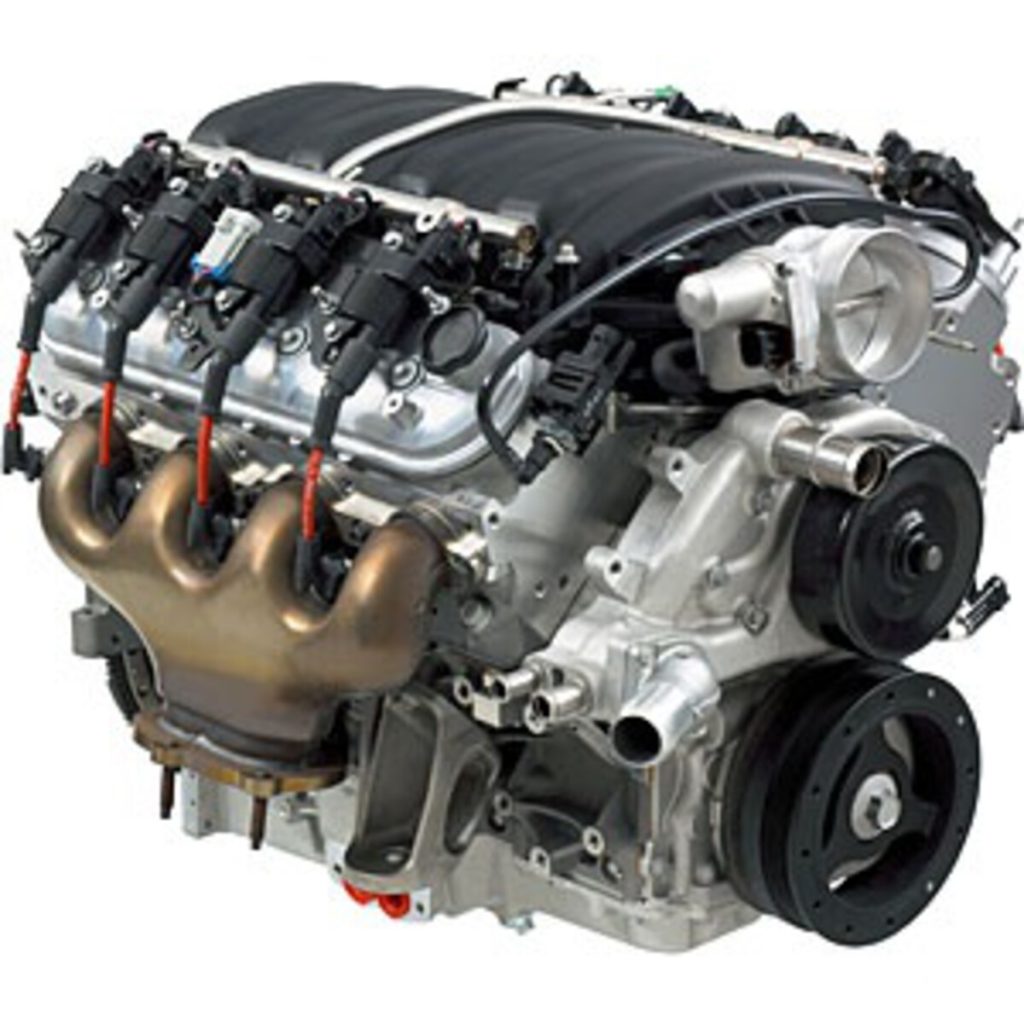
The dry sump oiling system is key here. It keeps lubrication consistent under lateral Gs, which means cornering at 1.3G won’t starve the engine — unlike many street-tuned V8s. And let’s not forget that this motor revs to 7,000+ RPM like it was built to be there. No hiccups. No drama.
This is why the LS7 is worshipped by track rats and road racers alike. It’s a spiritual successor to the big-blocks of old, but with modern engineering. Throw a cam and headers on it, and it’ll destroy cars costing three times as much.
2. Ford Voodoo 5.2L (GT350) — Flat-Plane Fury
This engine isn’t just track-capable — it lives for it. Ford’s 5.2L Voodoo V8, found in the Shelby GT350, is unlike anything the Blue Oval has built before. With its exotic flat-plane crankshaft, this V8 delivers spine-tingling revs all the way to 8,250 RPM and a symphony that sounds more Ferrari than Ford.
But don’t let that scream fool you — this engine is a brute in disguise. Built with forged internals, an aluminum block, and track-optimized cooling, the Voodoo takes repeated high-RPM abuse like a champ.
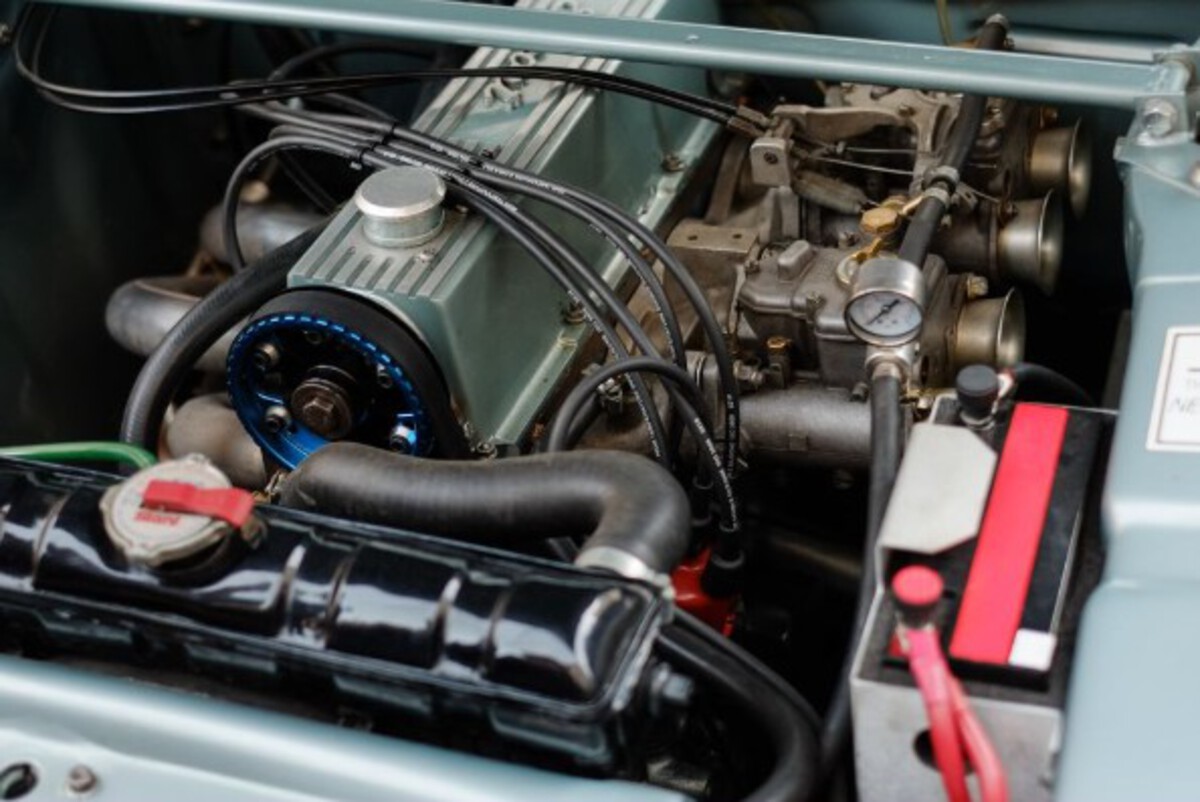
Whether it’s ripping through Laguna Seca or hammering curbs at VIR, it refuses to quit.
I’ve personally seen GT350s at open track days beating down on Porsches lap after lap without breaking a sweat. That’s rarefied air for an American V8.
What truly separates the Voodoo is its balance of high-revving excitement and legitimate durability. Sure, early models had oil consumption issues, but those were mostly fixed. Once sorted, this engine thrives on being wrung out hard.
Ford nailed the formula here — a naturally aspirated V8 that’s just as emotional as it is tough. No boost. No lag. Just raw, razor-sharp throttle response and track-hardened reliability.
3. Mercedes-AMG M156 (6.2L NA) — The German Hammer
Before turbos took over AMG’s lineup, there was the legendary M156 — a 6.2L naturally aspirated monster that powered everything from the C63 to the SLS AMG. This V8 doesn’t just perform — it endures.
Why? Because it was built from the ground up by AMG with motorsport-grade internals. We’re talking a forged crankshaft, racing-bred oiling systems, and heads designed to flow like a fire hose. It delivers over 500 horsepower (in its most aggressive tunes) and screams past 7,000 RPM with a sound that’s pure thunder.

Track guys respect this engine for one big reason: heat tolerance. It can run hot all day without cooking itself — and that’s rare for a luxury-brand motor. Throw it into a W204 C63 with a trans cooler and brakes, and you’ve got a track-day weapon that’ll keep pace with much lighter cars.
Yes, the head bolt issue early on was a black mark, but updated parts fixed it. When properly maintained, the M156 can log thousands of abusive track miles without missing a beat.
It’s the perfect blend of German engineering and brute force — no turbo lag, no BS. Just good old-fashioned displacement, throttle response, and a roar that’ll rattle your spine.
4. Toyota UR 3UR-FE (5.7L) — Bulletproof Brute from Japan
You probably weren’t expecting a truck engine here, but the Toyota 3UR-FE V8 deserves respect. Found in the Tundra and Land Cruiser, this 5.7L iron-block motor is legendary for one thing: indestructibility.
Yes, it’s not built for track speeds… but I’ve seen off-road racers, drift monsters, and even time-attack trucks running this engine without failure. The secret? Overbuilt internals, insane cooling capacity, and tolerances that just don’t give up.
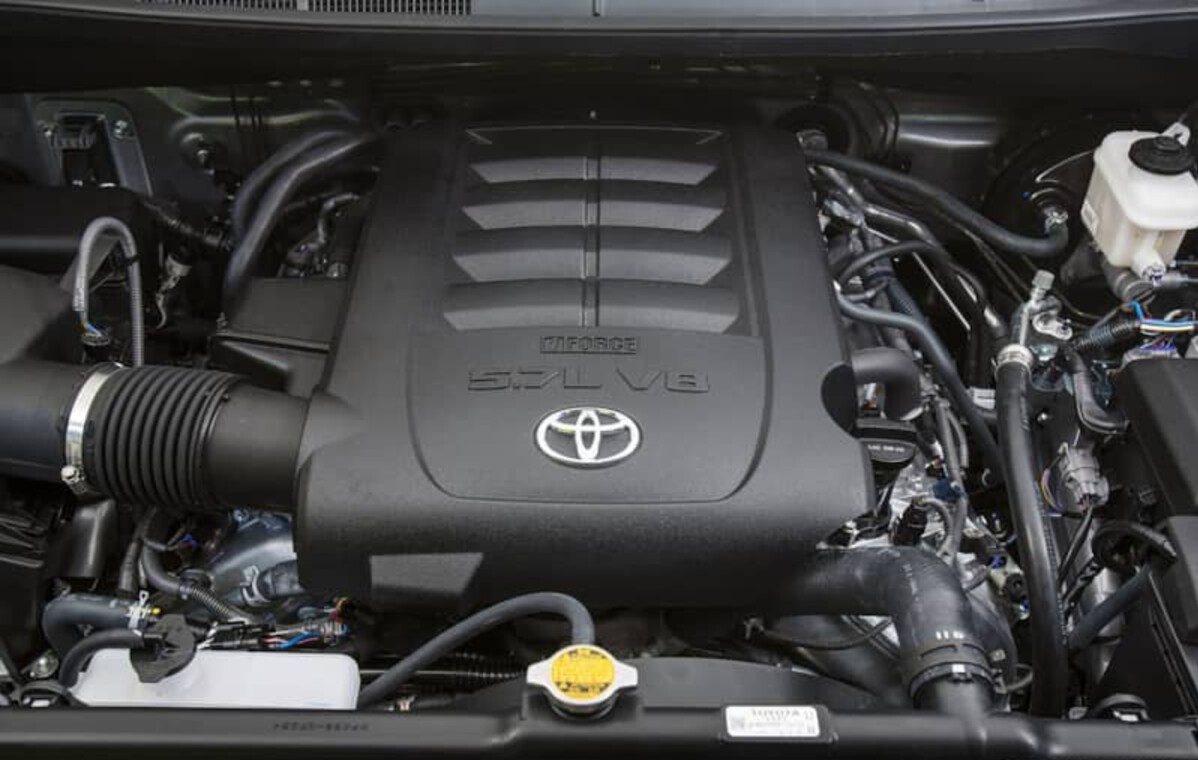
It doesn’t care if you’re bouncing through sand dunes at full throttle or towing a trailer up a mountain — it just works. Try holding 5,000 RPM in a Chevy 5.3 for an hour and see what happens. The 3UR shrugs it off.
And get this — despite its truck DNA, it actually revs surprisingly well and puts down smooth, usable torque. Tuners have pushed 600+ HP out of these on stock internals. That’s unheard of for a utility-focused V8.
If you’re building a swap project or drift missile that needs to survive total abuse, the 3UR is your sleeper V8. No drama, no surprises — just mile after mile of hard-earned reliability.
5. BMW S65 (4.0L V8) — The Precision Screamer
Found in the E90/E92 M3, BMW’s S65 V8 is often misunderstood. Yes, it’s high-maintenance. Yes, rod bearings are an issue. But when prepped properly, this 4.0L naturally aspirated marvel is a track king.
Built like a race engine for the street, the S65 revs to 8,400 RPM and thrives under load. It loves to live between 6,000 and 8,000 RPM, delivering razor-sharp response and linear power that never quits. Pair that with a dual-clutch transmission and you’ve got a weapon for circuit racing.
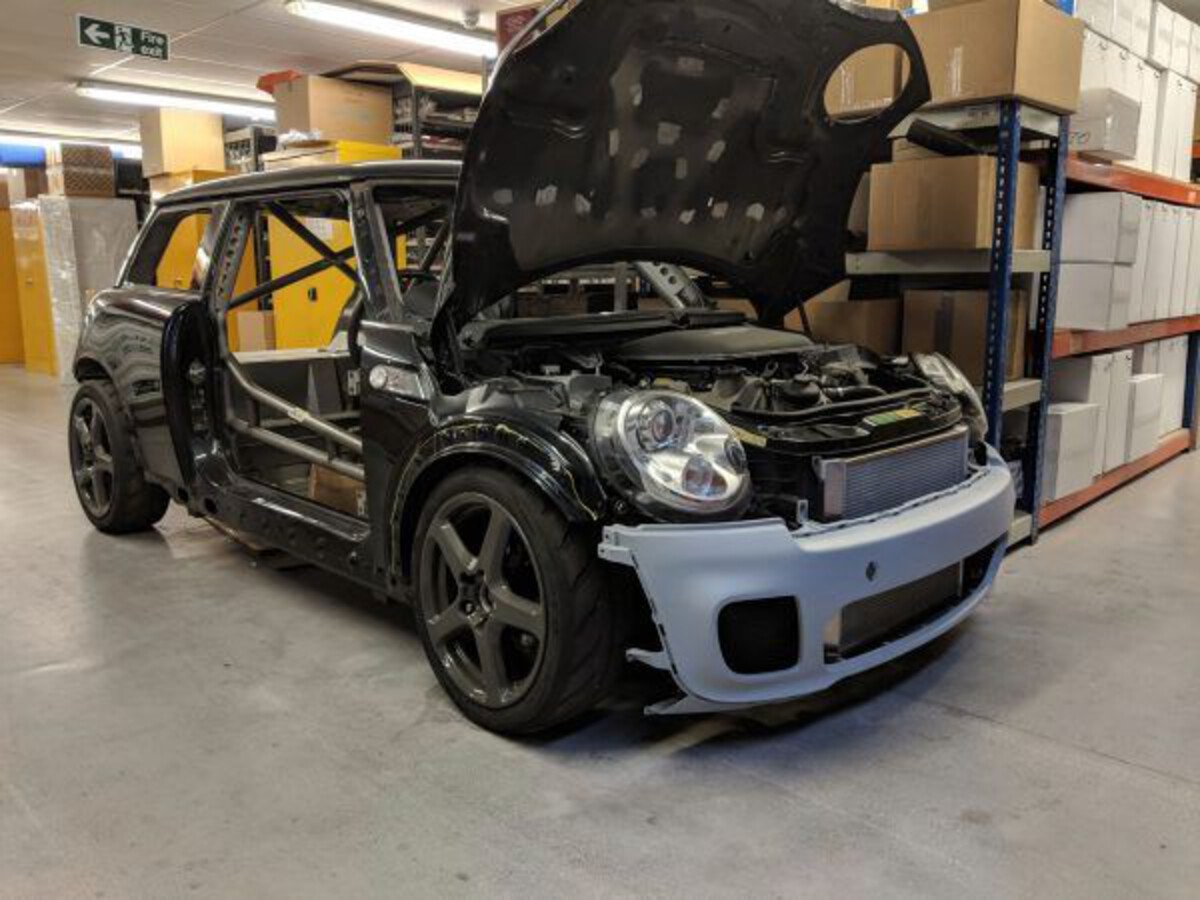
The key to survival? Preventative maintenance. Rod bearings every 60k miles, clean oil, and regular inspections. Do that, and this V8 becomes a monster that’ll embarrass larger engines lap after lap.
Ask any track-day veteran — an S65 M3 with proper cooling mods will dance all day. It sounds like an exotic, drives like a scalpel, and rewards commitment with blistering performance.
BMW purists call this the last real M engine, and for good reason. It wasn’t built for lazy cruising — it was engineered to dominate the Nürburgring.
5 V8s That Can’t Handle a Highway Cruise
You’d think a V8 means power and peace of mind, but some are pure disappointment on wheels. These engines overheat, break down, or suck your wallet dry even before the speedometer hits triple digits. They’re cool to look at, sure, but behind the scenes? Maintenance nightmares, poor engineering, and constant drama. Avoid these V8s unless you enjoy stress with your horsepower.
ALSO READ: 10 Sleeper Engines With Million-Mile Records
1. Jaguar AJ V8 (Early 4.0L) — The Leaker
Ah, Jaguar. The brand of refinement, luxury… and breakdowns. The early 4.0L AJ V8s found in late ’90s XJ8s and XK8s were a masterclass in how not to build a durable engine. On paper, the specs were promising — aluminum block, DOHC, variable valve timing — but in the real world, it was a mechanical soap opera.
The big issue? Nikasil. Jaguar, in its infinite wisdom, decided to coat the cylinder walls in a Nikasil lining. Sounds cool, right? It wasn’t. High-sulfur gasoline in the U.S. would eat away at the coating, leading to compression loss, misfires, and complete engine failure, often before 60,000 miles.
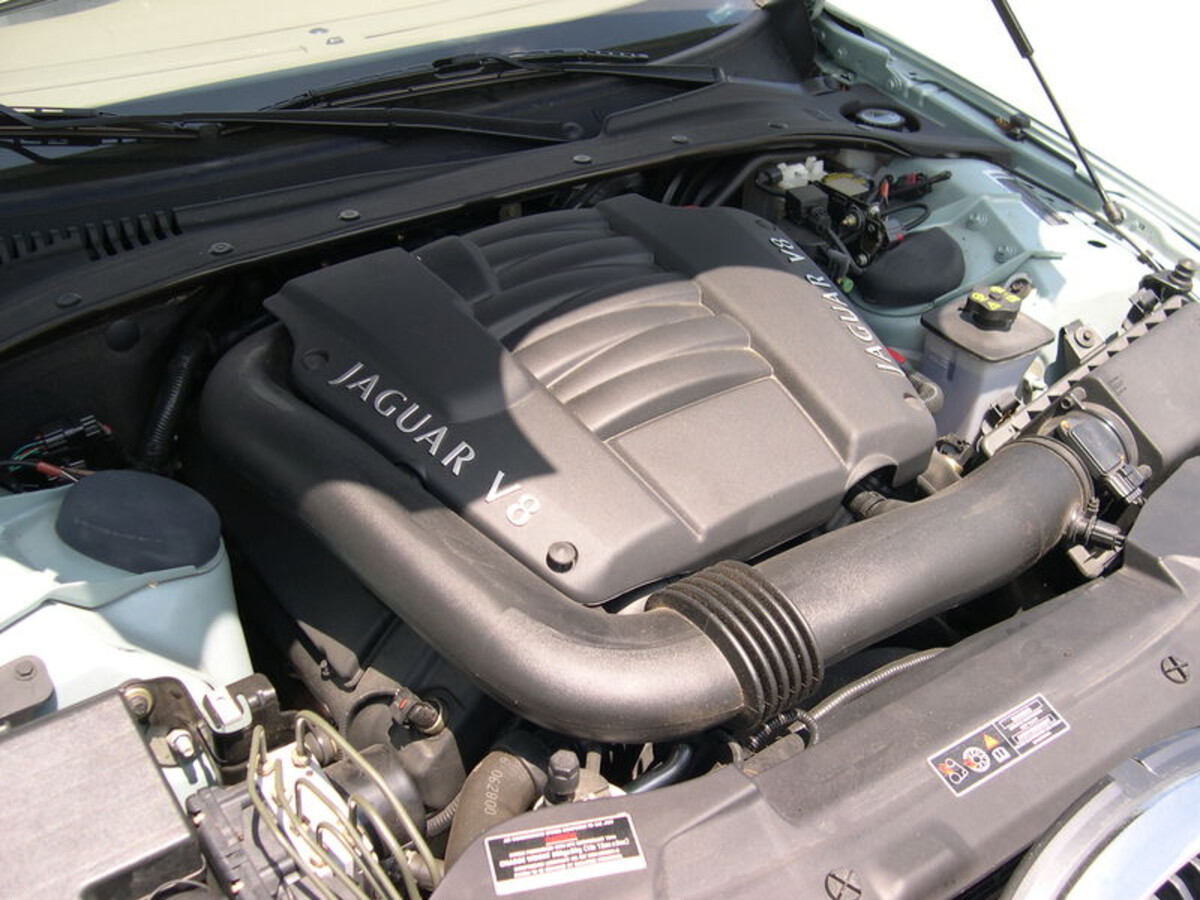
Even if you dodged that bullet, the AJ V8 still suffered from chronic timing chain tensioner failures, camshaft wear, and oil leaks that would make an old Harley blush. Highway cruising? Try highway panic when that check engine light starts flashing at 70 mph.
Yes, Jaguar fixed many issues in later variants. But early AJ V8s were unreliable, overcomplicated, and not meant to be thrashed — or even lightly leaned on.
This is the kind of engine that looks classy in the valet line, but deep down, it’s a diva that breaks down more often than a soap opera character.
2. Cadillac Northstar 4.6L — The Head Gasket Nightmare
The Northstar was supposed to be Cadillac’s moonshot — a high-tech, DOHC V8 to rival Europe. Instead, it became infamous for one catastrophic flaw: head gaskets. If you’ve owned one, you probably still have nightmares about coolant vanishing and temp gauges spiking on a gentle cruise.
This engine loved to overheat. Why? Because GM used aluminum blocks with head bolts tapped directly into them. Over time, those bolts would pull out of the soft metal, leaving the heads to lift and the gasket to fail — and it wasn’t a cheap fix.
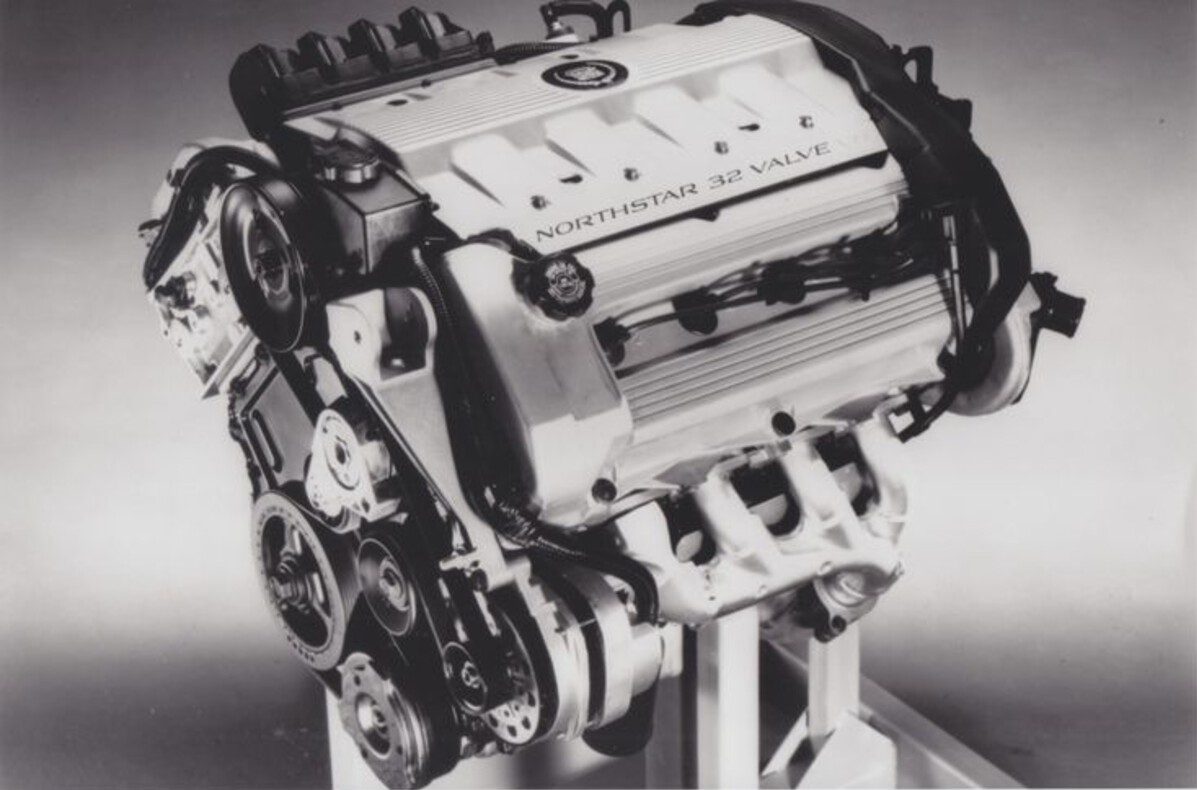
We’re talking $3,000+ repairs and a full engine drop just to replace a part most V8s handle with a basic kit. Even light highway cruising could trigger disaster if your cooling system weren’t pristine. And forget track abuse — this engine would grenade faster than you can say “DEX-COOL.”
To be fair, later years improved things slightly. But the damage was done. The Northstar became synonymous with unreliability, and even with its 300-hp rating, most drivers lived in fear of overheating on a simple road trip.
You’d expect this from a project car slapped together in a garage, not from Cadillac’s so-called “engineering showcase.”
3. Chrysler 4.7L SOHC V8 — The Forgotten Failure
In the early 2000s, Chrysler tried to offer a modern alternative to their ancient 5.2 and 5.9 Magnum engines. Enter the 4.7L SOHC V8 — a mid-size motor meant for Jeep Grand Cherokees, Dodge Dakotas, and Rams. Sounds promising… until it starts knocking before 100K miles.
This engine had a knack for sludging up even with regular oil changes. Poor oil flow design, combined with small galleries and tight tolerances, meant one missed service interval and boom—spun bearings, cam seizure, and valve damage.
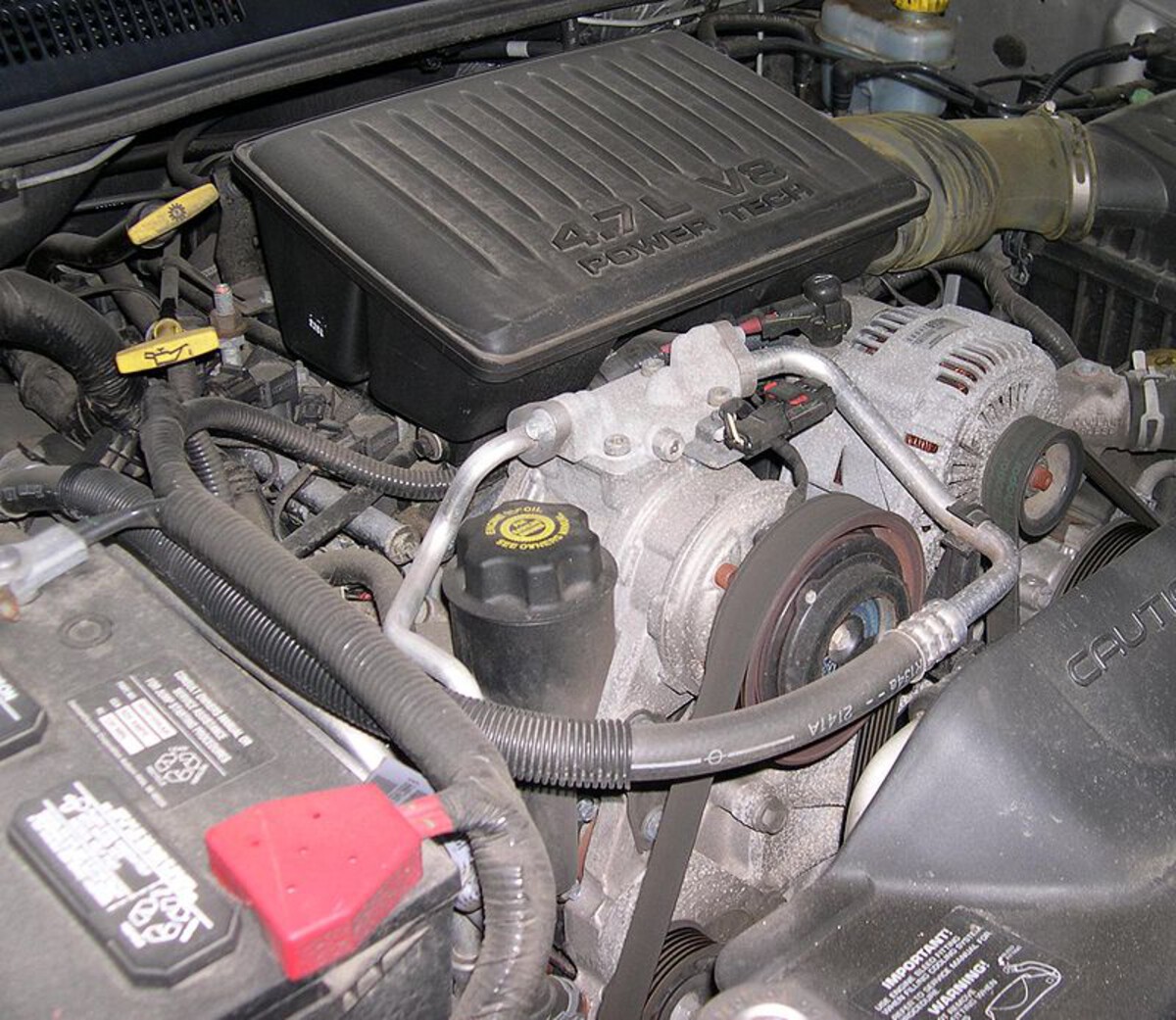
But wait — there’s more. Timing chain tensioners would fail. Cooling systems would clog. And the valvetrain was laughably fragile. I’ve seen 4.7s lock up just from towing a trailer uphill or idling too long on a hot day.
Even in daily driving conditions, this V8 struggled. It lacked torque compared to the 5.7 HEMI, had no high-RPM soul, and somehow managed to combine low power with high risk.
Track use? Don’t even think about it. But what really gets me is that this engine could barely survive a long-distance road trip without cooking itself or developing top-end noise. If your buddy offers to sell you a truck with this motor “in good shape,” run.
4. Audi 4.2L V8 (Early B6/B7 S4) — The Chain Rattler
Audi’s early 4.2L V8, particularly the one stuffed into the B6 and B7 S4s, sounded amazing and offered solid power, on paper. But under the hood, it was a ticking time bomb, quite literally. The Achilles heel? Timing chain tensioners… located at the back of the engine.
Yes, to replace them, you need to pull the entire engine. That’s a $4,000+ job just to fix a wear item that will fail around 100,000 miles — if you’re lucky. When they go, you’re treated to a lovely diesel-like rattle on startup, followed by catastrophic failure if ignored.

And the nightmare doesn’t stop there. Valve carbon buildup, oil leaks, coolant issues, and coil pack failures plague this engine. And forget spirited driving — even steady-state highway cruising can push this motor into misfire mode if you haven’t kept up with every maintenance interval.
It’s heartbreaking because the B7 S4 with a manual and quattro feels amazing — right up until the engine eats itself. This isn’t a V8 that likes to be pushed. It’s one that resents being started.
You don’t buy this engine if you want peace of mind. You buy it because you love heartbreak… and dealer invoices.
5. Lexus 1UR-FSE (4.6L) — The Disappointment
You might be surprised to see a Lexus V8 here, but the 1UR-FSE deserves it. Found in the LS460 and some Toyota Crown models, this engine promised quiet power and Lexus reliability. But it delivered frustrating electronics, sensitive fuel injection, and premature oil consumption that shocked loyal Toyota fans.
This direct-injected 4.6L V8 suffered from carbon buildup that would choke intake valves, requiring expensive walnut-blasting cleanups. The electronic throttle and transmission calibration made it feel jerky and confused at times, especially during highway merging or overtaking.
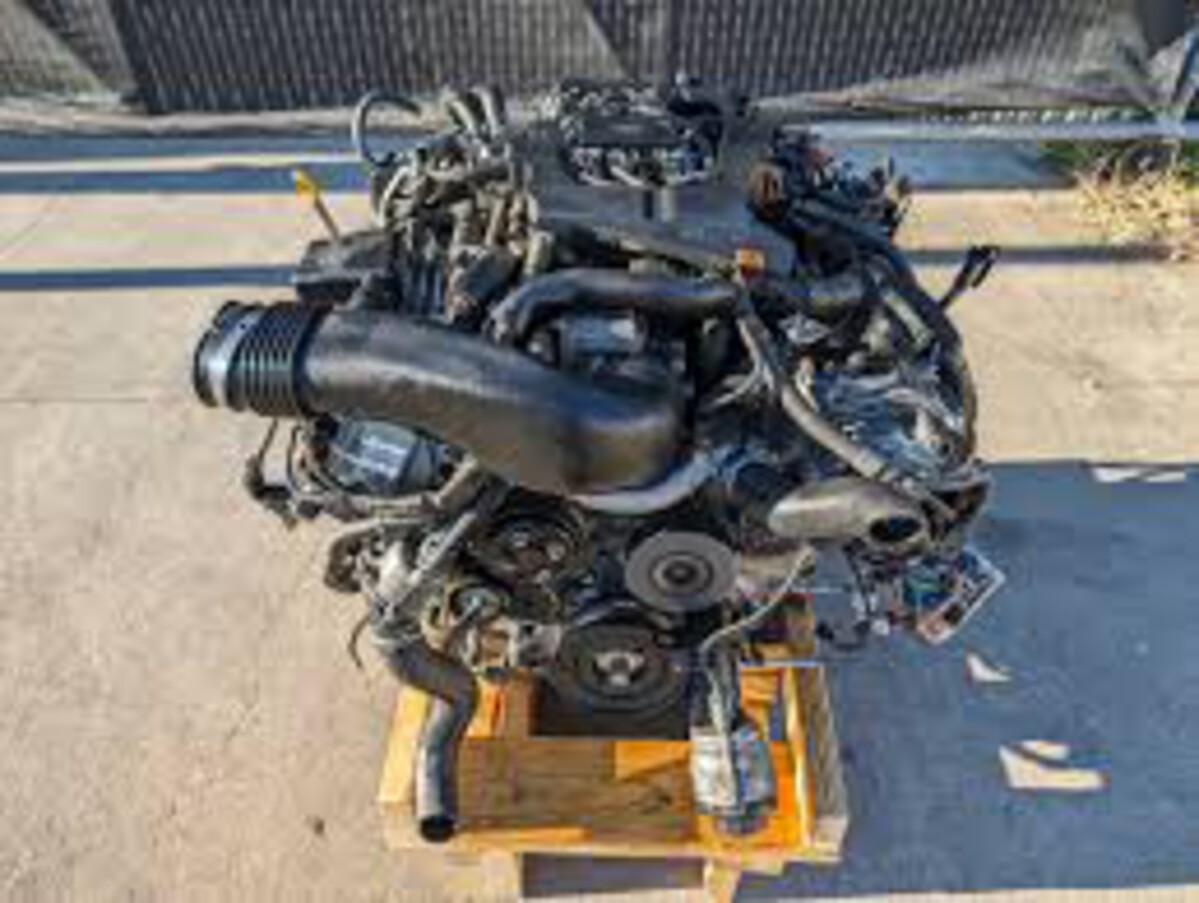
It wasn’t as bulletproof as Toyota’s older UZ-series V8s. Many owners have reported leaking valve cover gaskets, stretched timing chains, and oil usage that started under 80K miles. And unlike the LS400’s 1UZ, this engine isn’t as tolerant of neglect or hard driving.
While it rarely catastrophically fails, it’s simply not enjoyable to own once the miles rack up. Highway reliability is inconsistent, and long-distance comfort is marred by weird throttle response and lag.
In short, this engine lacks soul, reliability, and the legendary resilience Toyota V8s were known for. It’s not fun. It’s not fast. And it sure as heck doesn’t deserve the Lexus badge.
In the V8 world, badge and brand aren’t everything. Some engines are bred for punishment — they live to scream at redline, crush apexes, and take whatever the track throws at them. Others? They flinch at the sight of a steep on-ramp or a hot summer cruise.
If you’re looking for real V8 power that doesn’t wilt under pressure, go for the legends like the LS7, Ford’s Voodoo, or BMW’s S65 — engines that were engineered to be flogged. These aren’t just high-horsepower trophies. They’re mechanical gladiators that have proven their mettle, lap after lap, decade after decade.
On the flip side, the market is full of pretenders — V8s with fancy valve covers and prestige names that crumble under real-world stress. Don’t get suckered by luxury logos or tech buzzwords. Know your engine’s history. Look past the spec sheet.
Whether you’re building a track car, looking for a reliable cruiser, or just want an engine that won’t break your heart (and bank), it pays to be picky. In the world of V8s, performance is one thing, but durability? That’s the real horsepower.

